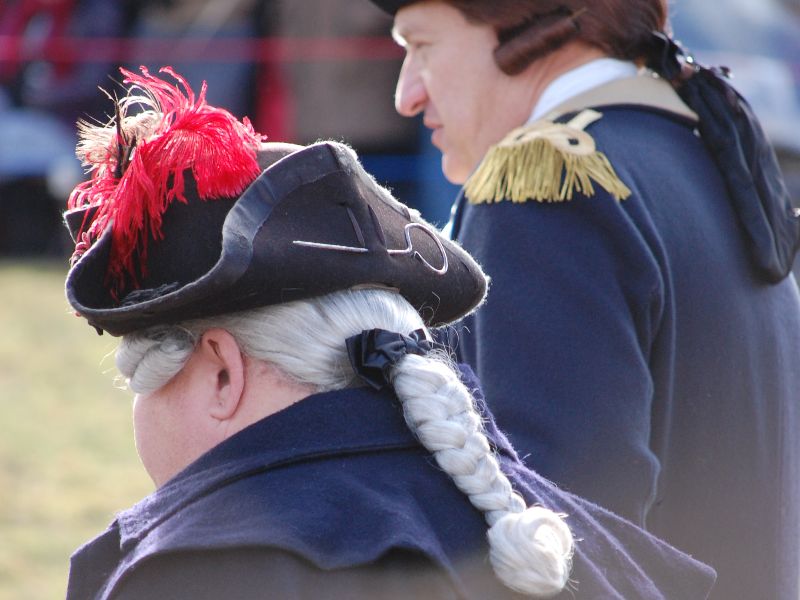
The crossing was a critical turning point for the beleaguered Continental Army. While General George Washington is credited with conceiving the strategy, pulling it off required contributions from many people, some of whom would rise to become America’s Founding Fathers.
The Founding Fathers, a select group of elite colonists and several other key figures, united the 13 colonies and structured the government of the United States. But there’s some debate as to who exactly should be counted as a Founding Father.
“In my mind, anyone who signed the Declaration of Independence should be counted as a Founding Father,” says Kimberly McCarty, the park’s curator. “But they aren’t the only ones.”
Washington, inarguably, was a Founding Father. So was Alexander Hamilton, the eventual first secretary of the Treasury, and James Monroe, the fifth president of the United States. Both Hamilton and Monroe participated in the crossing. Hamilton was 19 or 21 at the time—he was born in either 1755 or 1757—and Monroe was only 18.
Monroe, a lieutenant, was second-in-command to Captain William Washington, a distant cousin of George Washington. He was wounded during the Battle of Trenton and spent 10 days at the home of Mr. Coryell, who owned a ferry a mile north of the Thompson-Neely property.
In spite of his relatively young age and obscure background, Hamilton was commissioned to lead an artillery company in the Continental Army and fought bravely in the battles of Trenton and Princeton, among others. By 1777, he’d earned a position on Washington’s staff as his aide-de-camp. Hamilton quickly made a name for himself through his writing prowess and military skills.
But his wasn’t the only underdog story that includes a chapter about the crossing.
“Henry Knox was a bookseller in Boston who went on to become the head of the Continental Army’s artillery,” McCarty says.
Knox volunteered at the Battle of Bunker Hill in June 1775. When Washington took command of the Continental Army, he put Knox in charge of artillery. That winter, Knox employed oxen to move equipment over rough terrain in the snow and ice. A year later, that experience enabled him to coordinate the Christmas night crossing.
Shortly after the Battle of Trenton, Knox was promoted to Brigadier General. Later, Washington appointed him the first U.S. Secretary of War.
Finally, Dr. Benjamin Rush’s influential Directions for Preserving the Health of Soldiers, published in 1778, was based partly on his experience treating wounded after the battles of the Ten Crucial Days. After signing the Declaration of Independence, he served in the field as surgeon general and physician general of the Middle Department of the Continental Army. However, he resigned in early 1778 after about a year because he considered the military hospitals mismanaged by his superior, who was supported by Washington.

